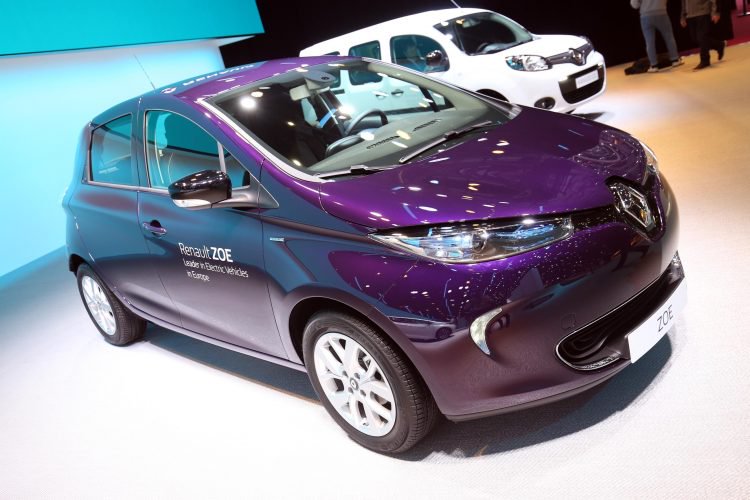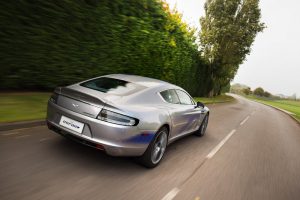Only a few years ago, electric vehicles were the domain of the wealthy. As prices fall, and more average drivers adopt them, they’re no longer synonymous with status.
When the Roadster first rolled off Tesla’s California assembly line in 2008, it was an instant sensation.
With a top speed of 130 miles per hour, zero-to-60 acceleration in four seconds and a sleek body, the two-seater electric vehicle embodied the luxury of a Mercedes, Porsche or Jaguar. In a Time magazine review, the Roadster was described as “a hot sports car that also doubled as a statement against pollution”.
“Before Tesla, most people’s experiences with an EV would be a golf cart or something,” says Jeremy Micalek, professor of engineering and public policy at Carnegie Mellon University, US. “There was a sense of it being a small, slow vehicle where you have to compromise a lot.” But Tesla’s cars changed North Americans’ perceptions of the EV market. Instead of that compromise, it became a status symbol. Its price was also a statement, with Roadster models starting at $98,950 (£77,375) – leaving it to the domain of the wealthy.
Tesla may have elevated the perception of EV through splashy, luxury vehicles – but today, many North American drivers hungry to adopt EVs amid a growing market aren’t looking for a status symbol. They’re looking for a deal. Automakers are answering the call: they’ve brought electric cars to market that prioritise affordably over luxury, knocking the EV off its pedestal.
Read more: BBC






